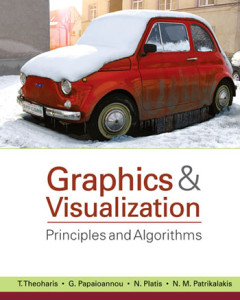In 1992, while I was working at the University of Waterloo (that’s in Canada), I hosted the annual meeting of the Canadian Science Writers Association.
 I brought in some interesting and controversial folks, and because Waterloo was so big on computer graphics, I put together a panel about how images could persuade politicians and mere mortals, and a discussion on the ethical responsibility of such a task.
I brought in some interesting and controversial folks, and because Waterloo was so big on computer graphics, I put together a panel about how images could persuade politicians and mere mortals, and a discussion on the ethical responsibility of such a task.
Heady stuff.
Today, two Cornell researchers, Brian Wansink and Aner Tal, reported in Public Understanding of Science, about a small online survey to assess whether alternative descriptions of the same information were more persuasive. Each respondent read the following description of a mythical drug trial:
“A large pharmaceutical company has recently developed a new drug to boost peoples’ immune function. It reports that trials it conducted demonstrated a drop of 40 percent (from 87 to 47 percent) in occurrence of the common cold. It intends to market the new drug as soon as next winter, following F.D.A. approval.”
When this was the only information given, 68 percent believed that the medication really did reduce illness.
Then for a randomly selected subsample, the researchers supplemented the description of the drug trial with a simple chart. But here’s the kicker: That chart contained no new information; it simply repeated the information in the original vignette, with a tall bar illustrating that 87 percent of the control group had the illness, and a shorter bar showing that that number fell to 47 percent for those who took the drug.
But taking the same information and also showing it as a chart made it enormously more persuasive, raising the proportion who believed in the efficacy of the drug to 97 percent from 68 percent. If the researchers are correct, the following chart should persuade you of their finding.
What makes simple charts so persuasive? It isn’t because they make the information more memorable — 30 minutes after reading about the drug trials, those who saw the charts were not much more likely to recall the results than those who had just read the description. Rather, the researchers conjecture, charts offer the veneer of science. And indeed, the tendency to find the charts more persuasive was strongest among those who agreed with the statement “I believe in science.”
